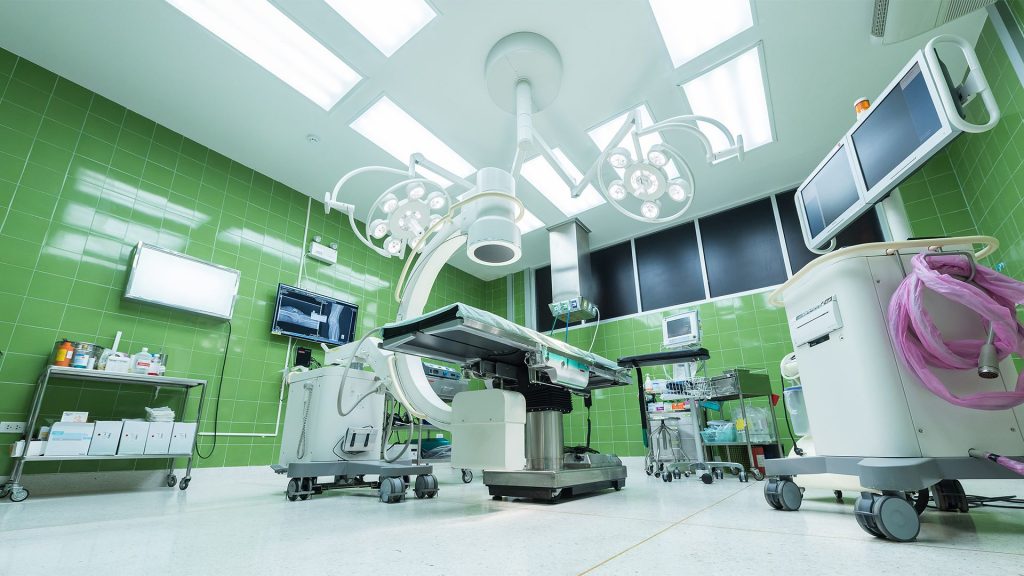GnRHa Treatment of Cryptorchid Boys Affects Genes Involved in Hormonal Control of the HPG Axis and FertilityThe gonadotropin-releasing hormone agonist (GnRHa; Buserelin) rescues fertility during adulthood in the majority of high infertility risk cryptorchid boys presenting with defective mini-puberty. However, the molecular events governing this effect are not understood. We report the outcome of an RNA profiling analysis of testicular biopsies from 4 operated patients who were treated with GnRHa for 6 months versus 3 operated controls who were not treated.
Download complete article
Category: News
John Duckett Memorial Lecture
John Duckett Memorial Lecture: A Tale of Two Testes: The Bilateral Impact of a Unilateral Disease
John Duckett Memorial Lecture: A Tale of Two Testes: The Bilateral Impact of a Unilateral DiseasePresenter: Faruk Hadziselimovic, MD
Opinion: Comment on Evaluation and Treatment of Cryptorchidism: AUA/AAP and Nordic Consensus Guidelines
Opinion: Comment on Evaluation and Treatment of Cryptorchidism: AUA/AAP and Nordic Consensus Guidelines
The ultimate goal in the treatment of cryptorchidism is to achieve normal fertility. However, in a substantial number of cryptorchid males, early and apparently successful orchidopexy does not improve fertility as it does not address the underlying pathophysiological cause, namely, the impaired transformation of gonocytes into Ad spermatogonia. It is important to realize that over half the patients presenting with unilateral cryptorchidism and the majority of those presenting with bilateral cryptorchidism have abnormal spermiogram which indicates that unilateral cryptorchidism is in fact a bilateral disease and therefore a serious andrological problem. More importantly, only testicular biopsy can nowadays determine which patient should benefit from hormonal therapy. Download complete article



